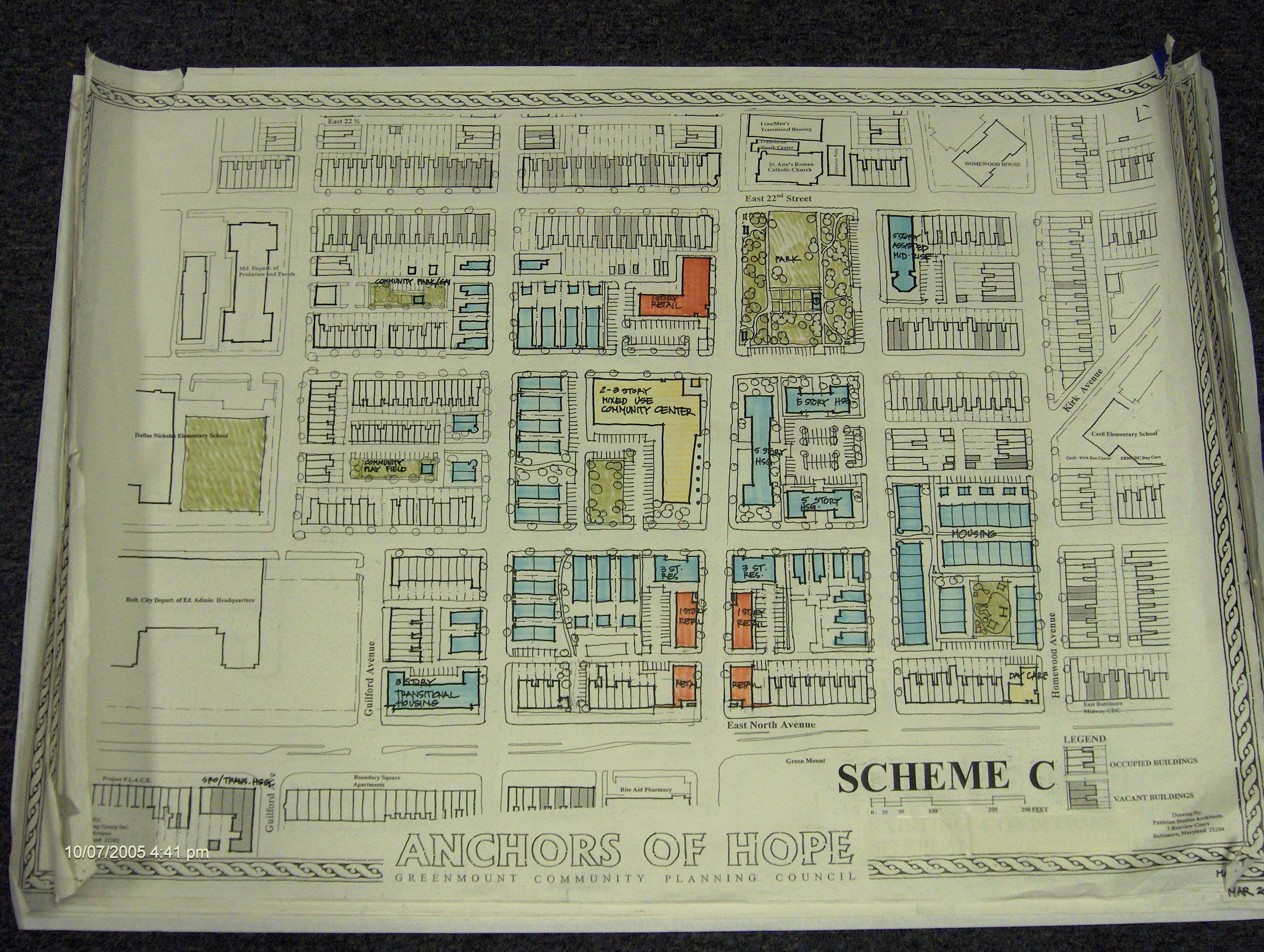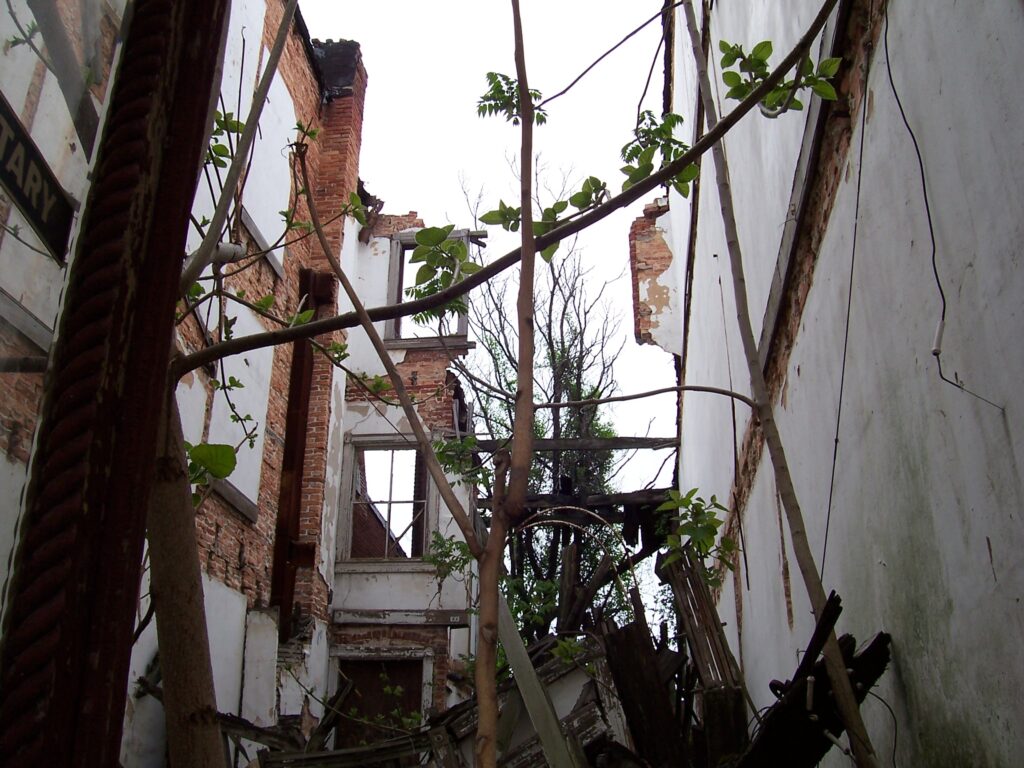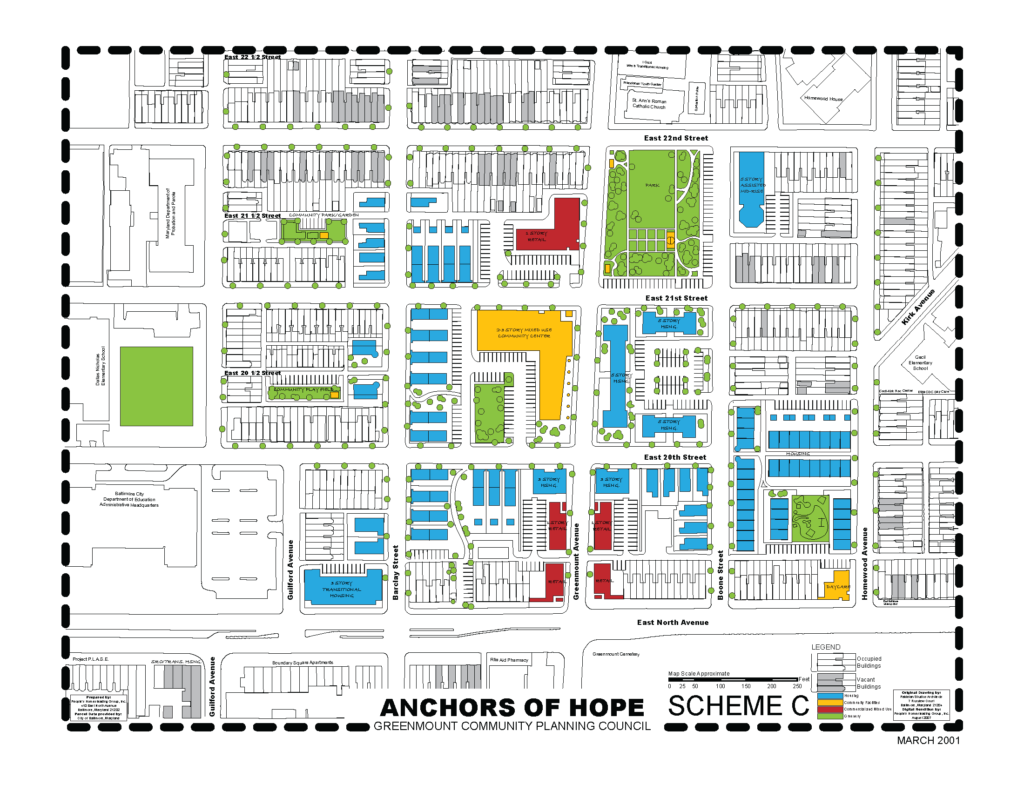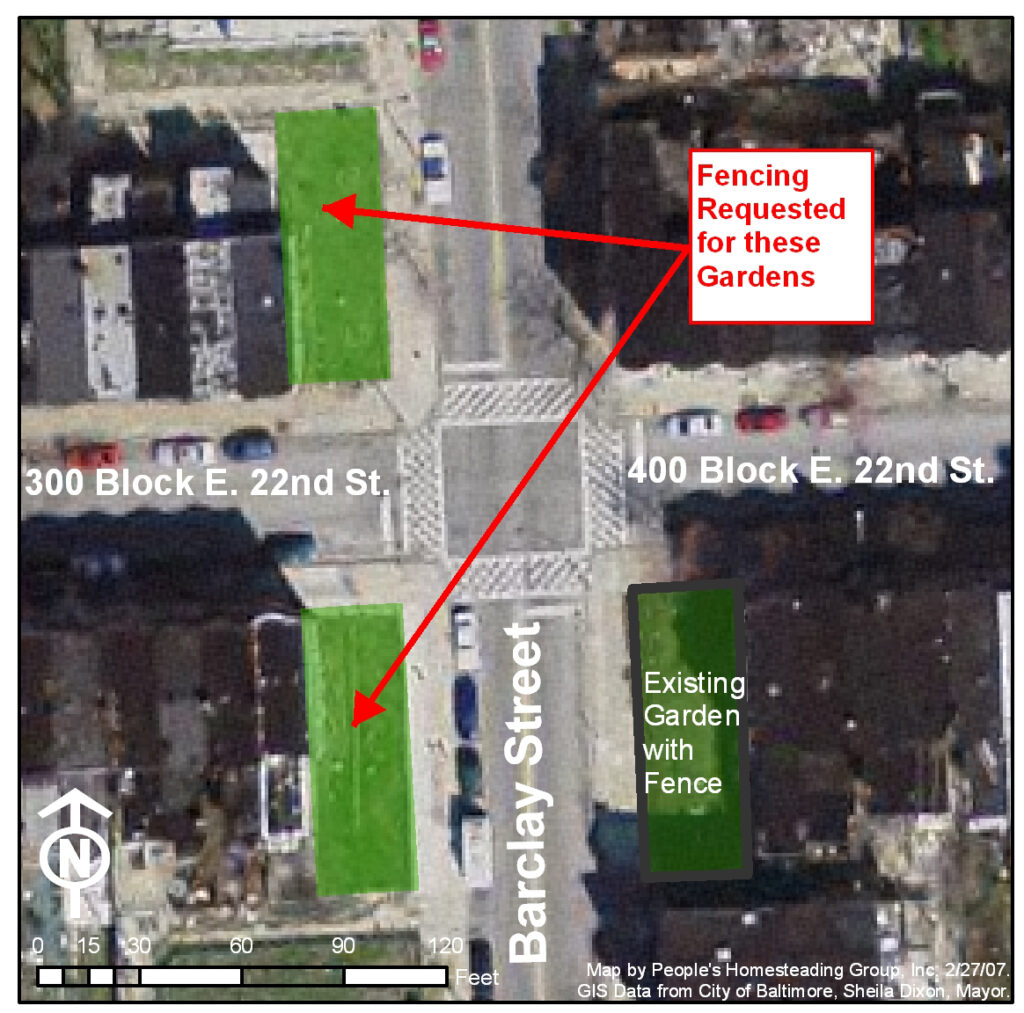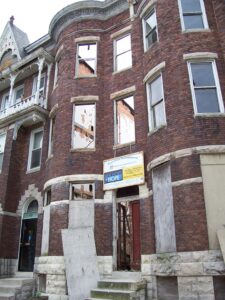
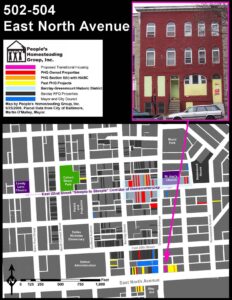
People’s Homesteading Group, Inc. is a community development corporation in the heart of Baltimore, Maryland, located south of the Johns Hopkins University main campus, north of Baltimore’s historic Inner Harbor, Mount Vernon Historic District, and Penn Station, and northwest of John Hopkins University Medical Campus. The area of focus for PHG’s services is in the Barclay, Greenmount West, and East Baltimore Midway neighborhoods. PHG rehabilitates vacant homes for affordable and market rate homeownership as well as transitional rental housing, operates a community safety program, manages community gardens, and operates a few commercial enterprises along Greenmount Avenue.
In my two years at People’s Homesteading Group as a Housing Development Project Manager, from 2005-2007, I wrote several successful grant applications to support PHG housing development and community safety initiatives, conducted due diligence for developments in the 400- and 500-blocks of East 22nd Street, scribed minutes at construction progress meetings, successfully applied for several historic rehabilitation tax credits, and managed pre-development of a transitional rental housing project for ex-offenders and recovering addicts. I introduced ArcView GIS 9.0 and the Adobe Creative Suite to the organization and used these software tools regularly in my work, and frequently served as tech support for this small organization. I worked regularly with the organization’s Community Organizer and Development Director to provide planning expertise for the organization’s community safety program, community gardens, and neighborhood meetings. I facilitated a strategic planning process to articulate PHG’s goals and work program. I represented PHG along with our Executive Director at working group meetings to form the Central Baltimore Partnership, a group that included City officials, Johns Hopkins University, University of Baltimore, the Maryland Institute College of Art, and other community-based arts, economic development, and housing development organizations. While at PHG, I attended training in for HOME Community Development Housing Organizations (CHDOs), Neighborworks America training on Mixed Use Development, New Market Tax Credits, construction project management, and more.
My experience at People’s Homesteading Group gave me the chance to understand the dynamics of community development and the tools necessary to reinvest in distressed neighborhoods. It was a small organization with seven staff, which necessitated flexibility, creativity, and risk-taking. Upon graduating from Penn, I had the option of taking a more traditional planning position. I chose this job instead, and as a result I learned a lot about the trials and tribulations of running a business, the politics of development, and the challenges of overcoming years of disinvestment. My colleagues, some of whom were founding members of the organization and others who were long time neighborhood residents, were mentors who will forever influence my view of community development.
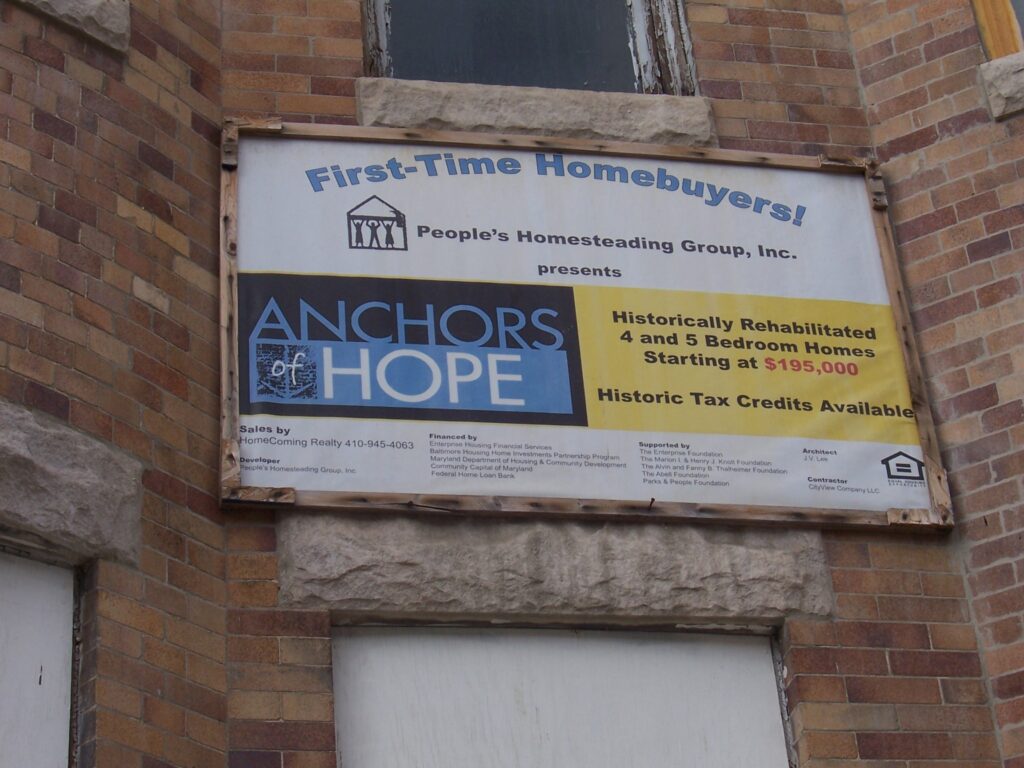
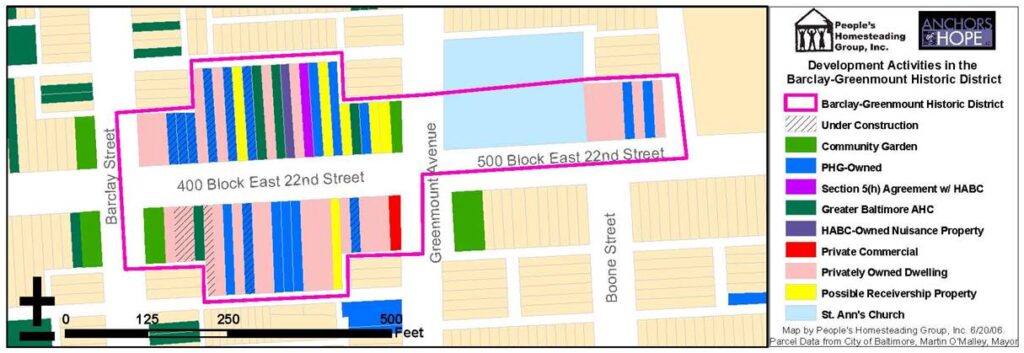
People’s Homesteading Group’s approach to neighborhood revitalization, property acquisition, and rehabilitation of vacant homes for affordable homeownership and vacant lots into community gardens was focused on making strategic investments in locations where the neighborhood would benefit from the highest positive impact.

